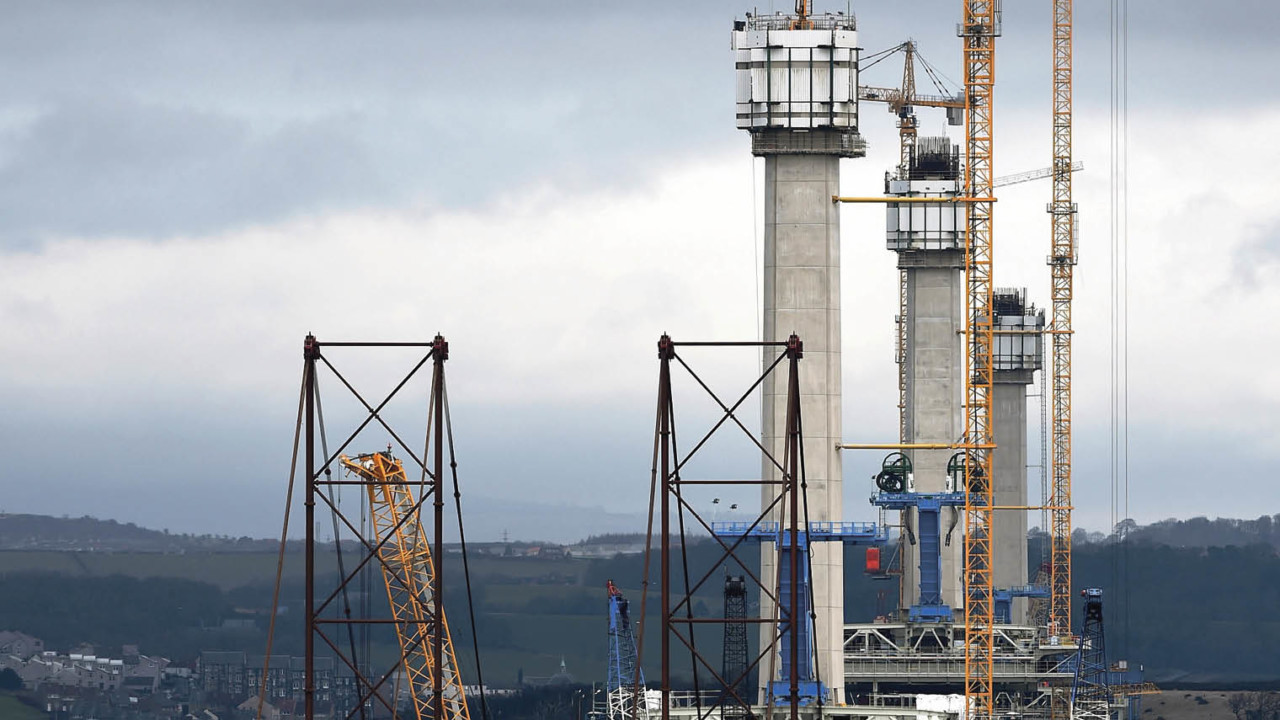Triggering article 50 of the Treaty of Lisbon
On 29 March 2017 the UK government triggered article 50 of the Treaty of Lisbon when a letter was delivered by hand to the European Council’s president, Donald Tusk, in Brussels. The letter set out the UK’s negotiating priorities and started the two-year process for Brexit.
The Treaty of Lisbon brought together the Maastricht Treaty, the amending Amsterdam and Nice Treaties, and the Rome Treaty into a single agreement forming the constitutional basis for the European Union. Article 50 sets out the terms for a member withdrawing from the EU. The process begins by notifying the European Council of its decision, referred to as triggering Article 50.
Once Article 50 is triggered the withdrawing nation and the European Council must negotiate the terms of withdrawal, as well as a plan for the nation’s future relationship with the EU. During this time, all European Treaties, laws and regulations continue to apply to the withdrawing nation until the withdrawal agreement comes into force or after two years has elapsed.
The process is unprecedented, and new ground both for the UK and the EU. There are many issues to deal with, which are not helped by the vague and limited wording of Article 50.
However, Julia Evans, BSRIA Chief Executive welcomed the start of the process:
“We trust that this will bring much-needed clarity and order in the ongoing Brexit debate. The specifics of which EU rules and regulations the UK will be able to ‘keep’ remain to be seen and are evidentially up for negotiation. What industry does need is strong leadership to bring economic confidence and stability, avoiding a disruptive cliff-edge.
“Indeed, as we move forward, we must not lose sight of the fact that it is crucial that the construction industry’s voice is heard in the Brexit deliberations. What is evident is that the ‘construction industry is open for business’.”
BSRIA has launched a Brexit Topic Guide which sets out key facts and explains a myriad of need to know issues, from the free movement of EU nationals, visa applications, the impact on skills and training and the Supreme Court ruling, to a Brexit FAQ, the role of the Department for Exiting the EU, the Canada, Norway and Swiss Models and what happens to EU legislation.
--BSRIA
RIBA president Jane Duncan said: "EU citizens, from outside the UK – people who we count as colleagues, friends and family – make a significant contribution to our profession. We would like to assure these colleagues that we are continuing to press government to ensure your rights are protected as a matter of priority.”
NFB chief executive Richard Beresford said: “The construction industry is undergoing a major skills crisis and remains heavily reliant on skilled workers from the EU, who make almost 10% of all construction workers in the UK. That is why we need to foster home-grown talent and attract more people from all backgrounds to join a career in construction.”
RICS head of UK policy Jeremy Blackburn said: "Unless the free movement of skilled labour is secured during negotiations, we believe that the UK’s predicted £500bn infrastructure pipeline may be under threat. Our latest figures show that 8% of the UK’s construction workers are EU nationals, accounting for some 176,500 people. A loss of access to the European labour market has the potential to slowly bring some of the UK’s biggest infrastructure projects to a standstill.”
[edit] Find out more
[edit] Related articles on Designing Buildings Wiki
- Architects' Brexit statement.
- Brexit - the case for infrastructure.
- Brexit Topic Guide.
- BSRIA articles on Designing Buildings Wiki.
- BSRIA Brexit white paper.
- BSRIA calls for clarity following Brexit Article 50 High Court ruling.
- BSRIA response to Brexit speech.
- BSRIA response to Brexit white paper.
- HVAC and smart energy post-Brexit.
- Overcoming the challenges of Brexit.
- Post brexit, house building and construction remains a safe sustainable industry.
- Post-Brexit vision for construction.
- Safeguarding infrastructure post-Brexit.
- What does Brexit mean for construction?
Featured articles and news
Gregor Harvie argues that AI is state-sanctioned theft of IP.
Many resources for visitors aswell as new features for members.
Using technology to empower communities
The Community data platform; capturing the DNA of a place and fostering participation, for better design.
Heat pump and wind turbine sound calculations for PDRs
MCS publish updated sound calculation standards for permitted development installations.
Homes England creates largest housing-led site in the North
Successful, 34 hectare land acquisition with the residential allocation now completed.
Scottish apprenticeship training proposals
General support although better accountability and transparency is sought.
The history of building regulations
A story of belated action in response to crisis.
Moisture, fire safety and emerging trends in living walls
How wet is your wall?
Current policy explained and newly published consultation by the UK and Welsh Governments.
British architecture 1919–39. Book review.
Conservation of listed prefabs in Moseley.
Energy industry calls for urgent reform.
Heritage staff wellbeing at work survey.
A five minute introduction.
50th Golden anniversary ECA Edmundson apprentice award
Showcasing the very best electrotechnical and engineering services for half a century.
Welsh government consults on HRBs and reg changes
Seeking feedback on a new regulatory regime and a broad range of issues.
CIOB Client Guide (2nd edition) March 2025
Free download covering statutory dutyholder roles under the Building Safety Act and much more.

























